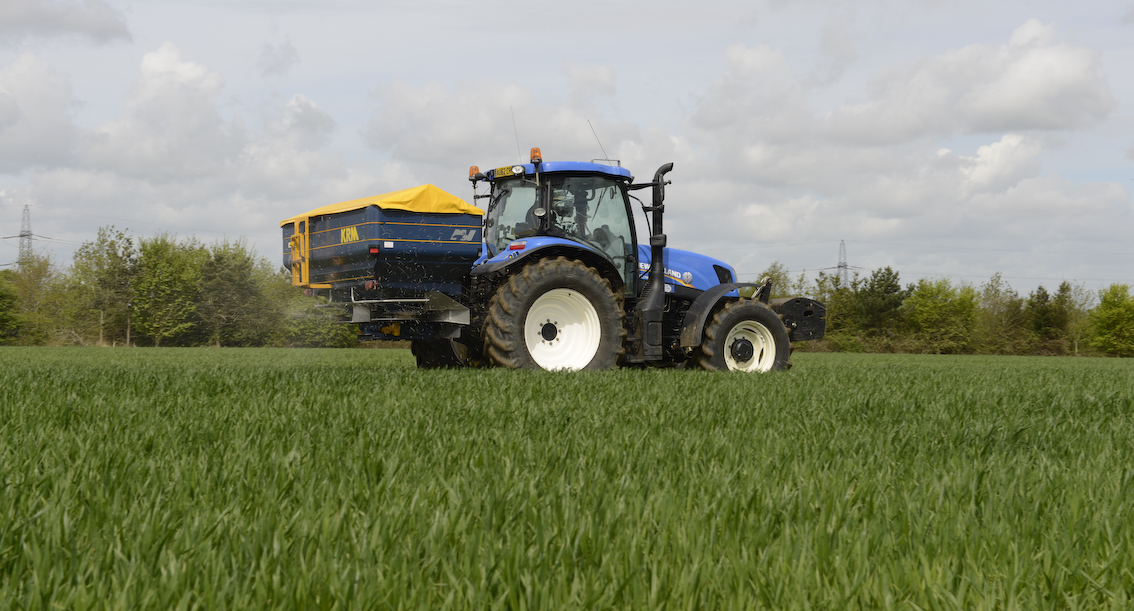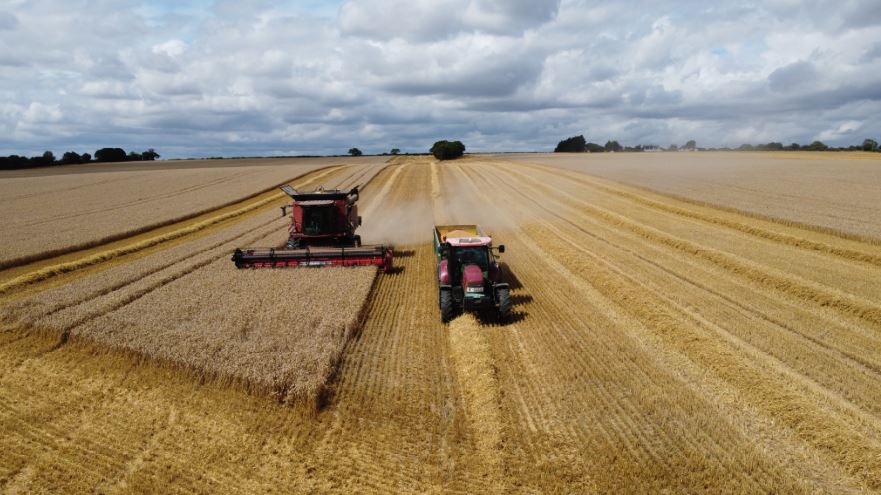July 2022
As combines start to roll around the country, technical experts from Frontier Agriculture and its precision and digital service provider, SOYL have launched a new field grain analysis service for UK growers.

“This kind of analysis is different to our standard grain sampling service where samples are taken from the heap to assess the best target market based on its specifications,” explains Edward. “This service actually goes a little deeper, with a full nutrient analysis. Results are interpreted in a way that means growers are left with some actionable next-steps, helping them to revisit their nutrition strategies to get the best possible outcome in the following season.”
At a time when volatile markets and stock availability are significantly influencing nutrition decisions on farm, Edward sees the data as being invaluable for growers looking to optimise fertiliser use and get the most from their products.
“We can’t ignore the economic impacts of the last 12 months and how they are influencing application programmes at the moment,” says Edward. “The initial new season price for AN back in June 2021 was around £280/t and at the time was considered too expensive, yet we saw it go on to rise dramatically – reaching an eye-watering £925/t at its peak.
Analysing grain from a barometer of fields or trailers at harvest can give a useful range of insights relating to nutrient uptake and crop performance.
“On the back of that, the concept of the breakeven ratio (BER) was discussed more than ever. It is by no means a new thing, but with such high prices and limited product availability, it became more important and that remains the case.
“This deeper grain analysis will help with more accurate BER calculations – in the past they’ve been quite misunderstood, but growers will now have more specific information to hand.
”Historically, the ratio has remained within the range of 4-7 over the years, so there hasn’t necessarily been a need to adjust the nitrogen rate based on economics. However, that changed this year when the ratio increased to 11-12+ at times.

Edward stresses that the average price of nitrogen for the individual farm should be the figure used when calculating BER, but often people work from the current price which can give misleading results. There were also opportunities to reassess BER as the grain price increased – while it may have been right to cut back on nitrogen before Christmas when wheat was at £190/t, this potentially became the wrong decision when it rose to £250, £275 and so on.
“The same is also true when it comes to application rates,” continues Edward. “The impact was often oversimplified to a single average potential yield loss, but averages can hide a range of outcomes. Nitrogen reductions of 50kg/ha predict a 0.36t/ha yield loss, but in a replicated trial last year we saw that reduction led to a loss of 0.77t/ha.
“Not everyone would see that result of course, but I think it’s important to make the point that yield loss is likely to range from in excess of 1t/ha down to absolutely nothing in some situations. It’s important to bear this mind.
”It’s due to this wide range and the varied outcomes for individual farms that Edward sees more insight as a good thing for growers, particularly as they seek to navigate ongoing challenges and plan for 2023.
“Before launching this new analysis service, we ran an extensive pilot across 2021 and some of the results were quite sobering,” he says. “With feed wheat for example, the grain proteins ranged from over 13% down to just 8%. At those two extremes you could argue the former had potentially received too much nitrogen and the latter not enough.
“Of course there are other factors to explore but if we look at reducing nitrogen rates, taking away the same amount from both of these scenarios would result in very different outcomes. One would likely produce an identical yield whereas the other could be quite reduced, and I think that’s some really powerful insight when it comes to nitrogen decisions for next year’s crop.
”The new field grain analysis services measures nitrogen, sulphur, manganese, calcium, phosphorous, magnesium, zinc, iron, copper, potassium and boron, with the option to also add molybdenum if required. The findings will help growers calculate their nitrogen use efficiency, reduce input costs, improve grain quality and yield and understand the impact of P and K offtake to ensure any maintenance applications can be amended accordingly.
“With combines rolling, now is the ideal time to consider a selection of fields to analyse. It’s the ultimate end-of-year report card to help growers plan ahead for spring,” Ed concludes.
More information about Frontier and SOYL’s new field grain analysis service can be found in the video below, by visiting the SOYL website or by contacting info@soyl.co.uk.










